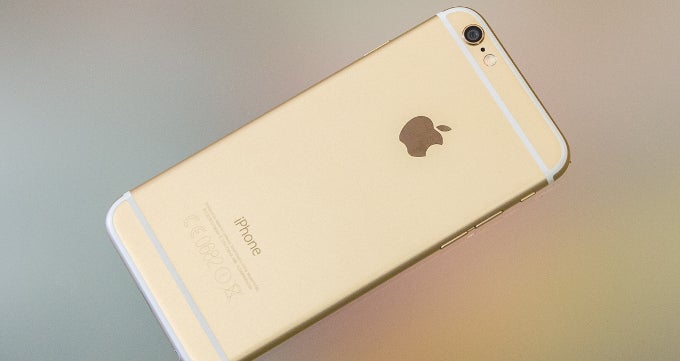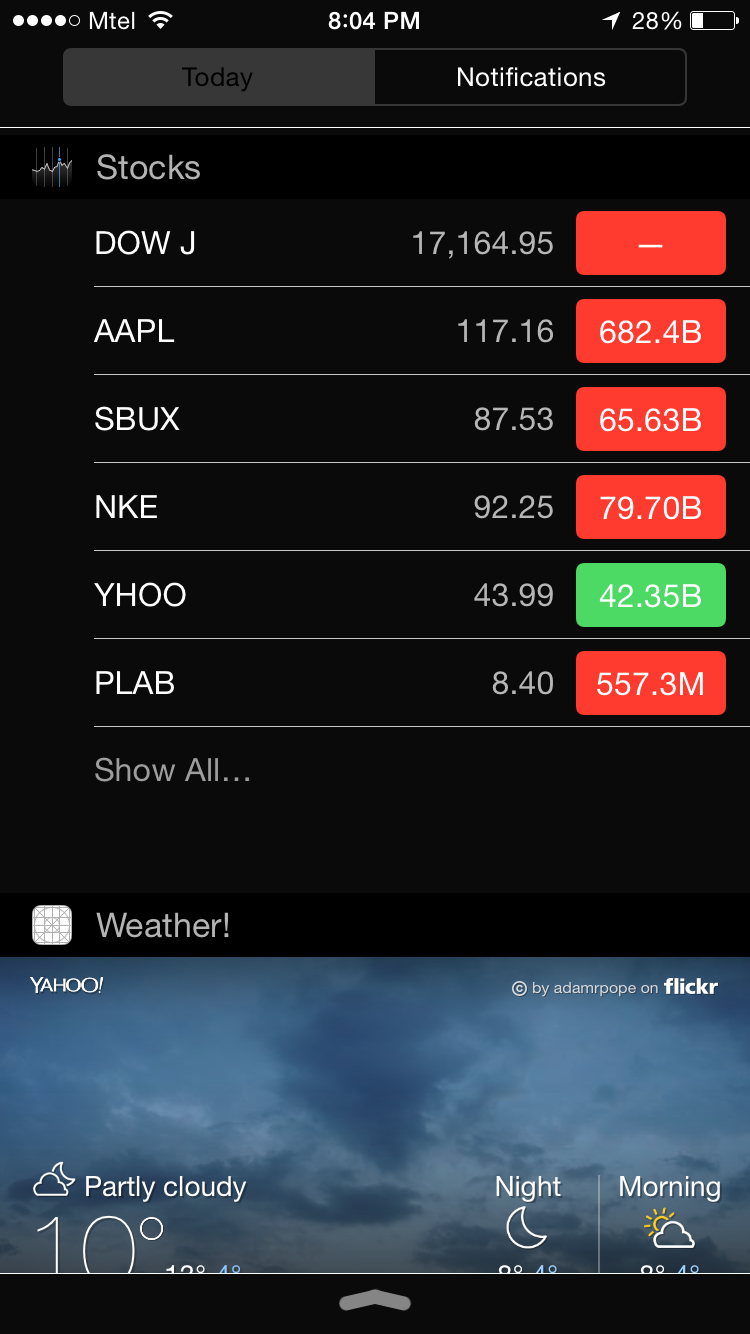Living with Apple’s iPhone 6: the agony and ecstasy of iOS (week 2)
This article may contain personal views and opinion from the author.

The iOS 8 interface takes pride in its smooth performance and simplicity. It's also frustratingly hard to customize and requires syncing with the tedious iTunes
The Apple iPhone 6 has set a new standard, and it has got the sales success to prove it. In fact, in the past week, we’ve seen Apple break all smartphone sales records with over 74.5 million iPhones sold in a single quarter, and the nearly-ubiquitous spread of Apple’s smartphone in the United States and huge success in China has even prompted comments from HTC top managers that it is “terribly boring”.
iTunes: necessary evil?

We can't talk about iOS 8 without first mentioning iTunes, the portal to all communications of your iPhone with the outside world. Is it to transfer images or to put up new music, you inevitably stumble upon iTunes. Good news is that Apple has improved it greatly in the last few versions and it is now a sleeker-looking application. Bad news is that it is still confusingly slow and complicated for first-time users.
Simple tasks like loading up new music from your computer to your phone become a tedious chore with iTunes, while on Android all it takes is a simple drag and drop. The straightforward task that is changing your ringtone on other platforms, is again so complicated on iTunes that it takes Googling it even for advanced users that are encountering this blissful world.
iPhone Spotlight Search: fast and reliable

Swipe down to get into Spotlight Search
We've already done a comprehensive review of iOS 8, so I won’t be repeating it all over again here (but do take a look at our original iOS 8 review for a refresh, if you need one). A quick recap is that iOS 8 features a beautifully simple interface that just works, with some quirks that we’ll speak about later on.
There is, however, one feature of iOS that has gotten little attention yet I feel is crucial to the usability of Apple’s platform.
That one feature is the iPhone spotlight search that you bring up by swiping down anywhere on the home screen. Spotlight search is basically the mobile alternative to the Windows Start menu, a way to quickly search for apps, contacts, and more, a universal search bar of sorts.
There is a similar feature on Android with the Google search box, but I find the one on iOS to have some key advantages. First, it’s extremely fast, while Google’s search bar takes a split second to load and that lag could get irritating; secondly, Apple’s spotlight search has the right information density as it is capable of showing mulitple results. For instance, in Spotlight search you can easily type a single letter like M to get all apps that start with an M (like Mail, Messenger, etc), so you can just tap on the app you want to open it up quickly. Google’s search bar in comparison prioritizes Google search results, and while it does also search for apps, you will usually see just one result, so you need to scroll, and the whole exercise becomes too slow to be of much use.
It’s also worth pointing out that Apple’s Control Center is one of the niftiest recent additions to the platform. The ability to swipe up from the bottom and have quick access (and by quick we mean instant, not requiring multiple taps) to brightness, music playback, the flashlight (yes, it is surprisingly often used!) is hugely appreciated.
Customization: a sore spot

Having widgets on iOS is nice, but functionality is often half-baked
Customization as a whole remains a sore spot for the iOS platform: you don’t have true live wallpapers (you have Apple’s dynamic images, but those are hardly a full-blown alternative), you don’t have true widgets (again, iOS 8 adds widgets to the notification bar, but not to the home panel, which feels like a half-baked solution), you don’t have the option to change the appearance of icons, and - naturally - you have zero of the complete overhaul capabilities of Android launchers and custom ROMs.
Dealing with distractions
Finally, no look on iOS is complete without speaking of the way the platform handles notifications. The notification center appeared on iOS many years after it was on Android, and it still feels like a work in progress: Apple just cut the tabs in the notification center from three to two, and it is still hugely annoying that in the second tab there is no ‘Clear All’ option for notifications.
There is some obscurity to the way iOS handles notifications. There are no icons to nag you in the status bar, and all notifications are put away in a stash that you can’t immediately see in the second tab in the notification center, and while this might not sound very intuitive and user-friendly, I found that it makes handling your notifications a much less stressful exercise. You don’t have a light that’s constantly blinking and distracting you for every little notification you receive, and even when you fire up the phone, non-essential notifications do not prompt you to take immediate action on them. With so many virtual distractions nowadays, this seeming flaw in the system, works out to be a benefit for a user like me.
And this concludes my second week with the iPhone 6. Stay tuned for next week’s article where we look at the iPhone 6 camera and how it compares against rivals.
Follow us on Google News














Things that are NOT allowed:
To help keep our community safe and free from spam, we apply temporary limits to newly created accounts: